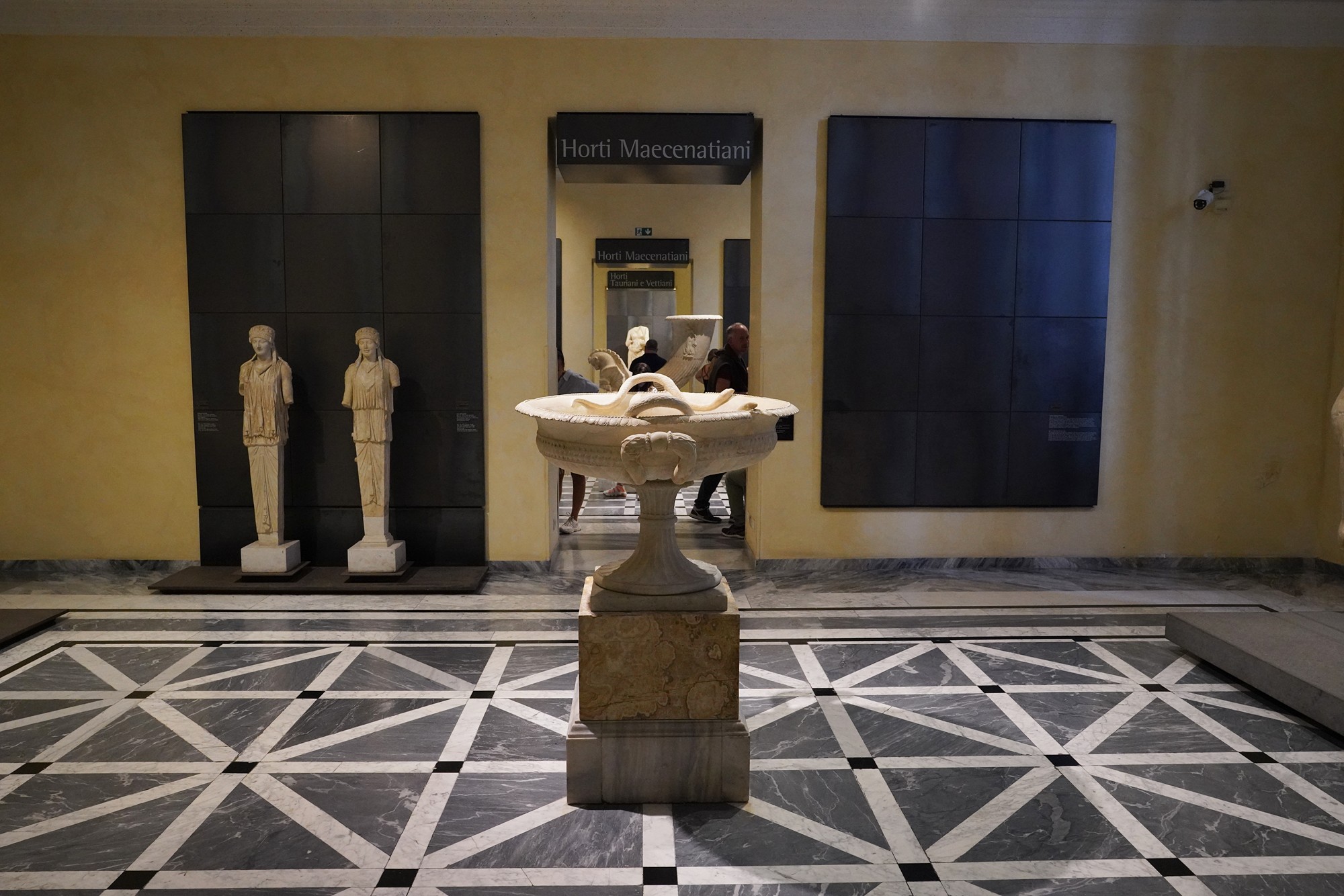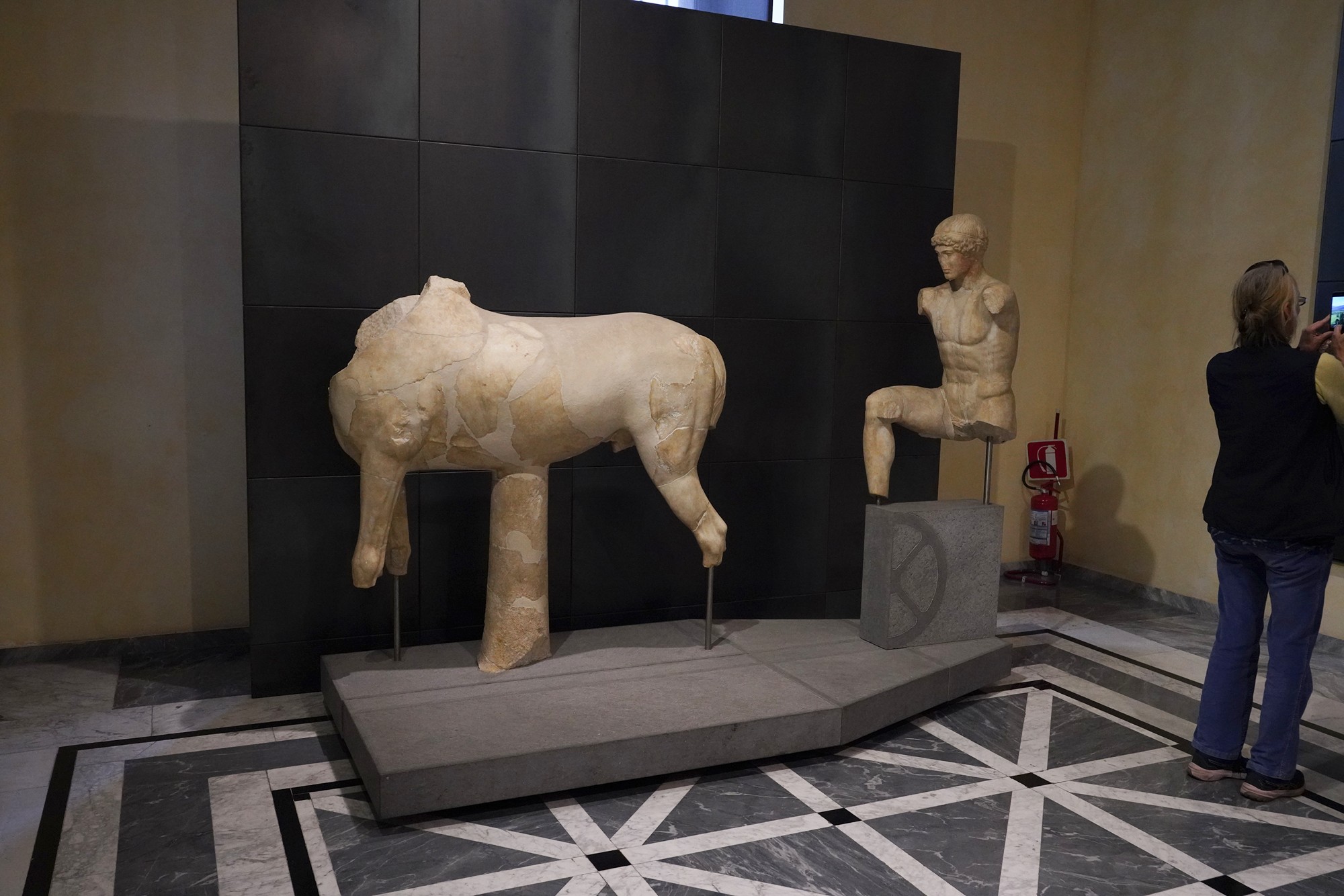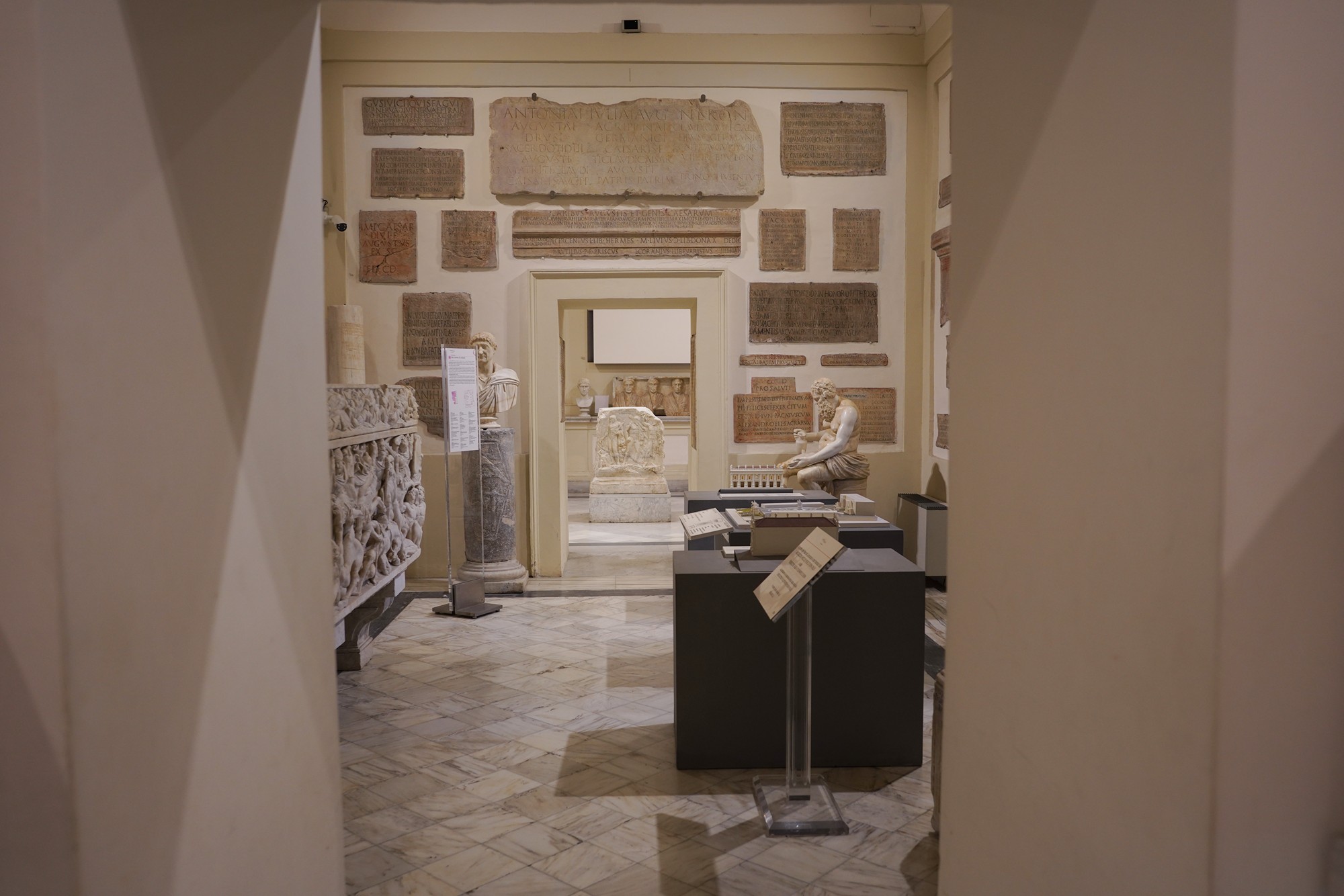Capitoline Museums, Rome, Italy
The Capitoline Museums (Musei Capitolini in Italian) are a group of art and archaeological museums located on Capitoline Hill in Rome, Italy. 794
Capitoline Museums: Piazza del Campidoglio, 1, 00186 Roma RM, Italy
Date Picture Taken: October, 2023
They are considered the world’s oldest public museums and have a rich collection of ancient Roman art and artifacts. The museums are operated by the municipality of Rome.
The Capitoline Hill. The building on the right is the museum.



The Capitoline Museums comprise several buildings, including the Palazzo dei Conservatori and the Palazzo Nuovo, which face each other across the Piazza del Campidoglio. The Piazza was designed by Michelangelo in the 16th century, and it serves as a centerpiece for the museums.


The collection at the Capitoline Museums includes a wide range of classical sculptures, ancient Roman statues, busts, reliefs, and other artifacts. Some of the notable works housed in the museums include the famous bronze statue of Marcus Aurelius on horseback, the Capitoline Wolf, and the Dying Gaul.

















The very best sculptures are gathered here in the center.

The bronze statue of Marcus Aurelius on horseback is one of the most famous and iconic sculptures housed in the Capitoline Museums in Rome. The statue is a remarkable example of Roman equestrian statuary and is believed to have been created in the 2nd century AD, during the reign of Marcus Aurelius (161–180 AD).






Colossal Head of Constantine



Capitoline Wolf (Lupa Capitolina): This iconic sculpture is a bronze representation of a she-wolf suckling the legendary twin brothers, Romulus and Remus. According to Roman mythology, Romulus and Remus were the founders of Rome.












The museum site is also an excavation site.





















The center of the museum

Out from the museum and looking at the city from the hill


Back in the museum. This underground passage way is the only way to get to another museum building in front of the first one.

Inside another museum building









Looking at the first museum building that I went into



Dying Gaul (Galata Morente): This ancient Roman marble sculpture is a poignant representation of a dying Gaul (a Celt), possibly a warrior. The sculpture is celebrated for its emotional intensity and detailed craftsmanship.






